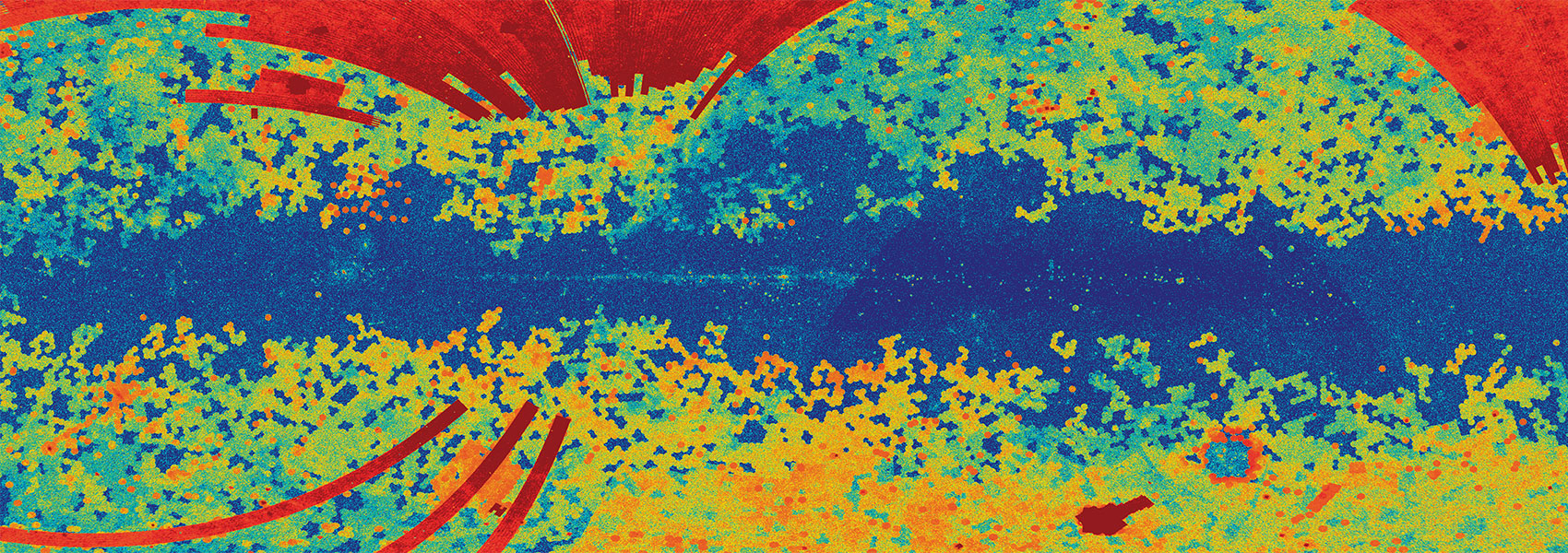August
2024
•
2024ApJ...971..141M
Authors
•
Meza-Retamal, Nicolás
•
Dong, Yize
•
Bostroem, K. Azalee
•
Valenti, Stefano
•
Galbany, Lluís
•
Pearson, Jeniveve
•
Hosseinzadeh, Griffin
•
Andrews, Jennifer E.
•
Sand, David J.
•
Jencson, Jacob E.
•
Janzen, Daryl
•
Lundquist, Michael J.
•
Hoang, Emily T.
•
Wyatt, Samuel
•
Brown, Peter J.
•
Howell, D. Andrew
•
Newsome, Megan
•
Padilla Gonzalez, Estefania
•
Pellegrino, Craig
•
Terreran, Giacomo
•
Kouprianov, Vladimir
•
Hiramatsu, Daichi
•
Jha, Saurabh W.
•
Smith, Nathan
•
Haislip, Joshua
•
Reichart, Daniel E.
•
Shrestha, Manisha
•
Rosales-Ortega, F. Fabián
•
Brink, Thomas G.
•
Filippenko, Alexei V.
•
Zheng, WeiKang
•
Yang, Yi
Abstract
•
We present comprehensive optical observations of SN 2021gmj, a Type II supernova (SN II) discovered within a day of explosion by the Distance Less Than 40 Mpc survey. Follow-up observations show that SN 2021gmj is a low-luminosity SN II (LL SN II), with a peak magnitude M V = ‑15.45 and an Fe II velocity of ∼1800 km s‑1 at 50 days past explosion. Using the expanding photosphere method, we derive a distance of 17.8‑0.4+0.6 Mpc. From the tail of the light curve we obtain a radioactive nickel mass of M56Ni = 0.014 ± 0.001 M ⊙. The presence of circumstellar material (CSM) is suggested by the early-time light curve, early spectra, and high-velocity Hα in absorption. Analytical shock-cooling models of the light curve cannot reproduce the fast rise, supporting the idea that the early-time emission is partially powered by the interaction of the SN ejecta and CSM. The inferred low CSM mass of 0.025 M ⊙ in our hydrodynamic-modeling light-curve analysis is also consistent with our spectroscopy. We observe a broad feature near 4600 Å, which may be high-ionization lines of C, N, or/and He II. This feature is reproduced by radiation-hydrodynamic simulations of red supergiants with extended atmospheres. Several LL SNe II show similar spectral features, implying that high-density material around the progenitor may be common among them.
Links



